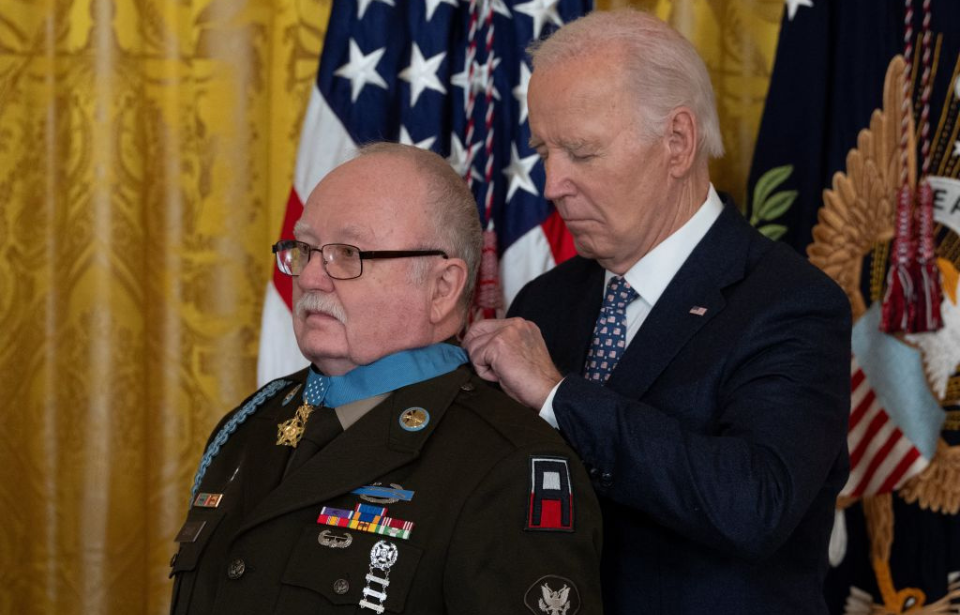The Medal of Honor is the highest decoration that can be bestowed by the US military. It’s a symbol of gallantry in times of war and combat, and only a select few ever receive it. In January 2025, seven soldiers became its latest recipients: five for serving in Korea and two for their actions during the Vietnam War.
Here are the names of the brave men whose actions made them more than worthy of this prestigious military honor.
Pfc. Wataru Nakamura
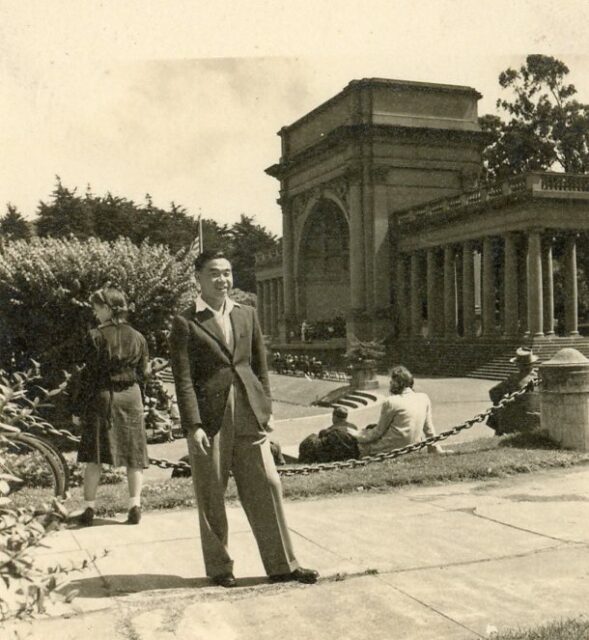
Like many Japanese-Americans, Wataru Nakamura’s family was sent to a relocation center during World War II. Despite this, he was determined to fight for his country and enlisted in the US Army in 1944. Before long, he found himself deployed to Europe as part of the 442nd Regimental Combat Team, which was primarily made up of second-generation Japanese-American troops.
Nakamura was discharged following the conflict, only to be recalled to active duty in 1950, with the outbreak of the Korean War. He was subsequently deployed as part of I Company, 38th Infantry Regiment, 2nd Infantry Division.
While on a mission to check and repair a communication line near P’ungcho’n-ni, Nakamura found his position surrounded by enemy forces. Without a second thought and armed with only his fixed bayonet, the private first class began a one-man assault. Impressively, he drove the hostile soldiers from several bunkers and even took out a machine gun nest.
When Nakamura ran out of ammunition, he ran to brief the officer in charge, before heading back out, with the officer and others providing cover fire. As he continued his assault, he was mortally wounded by an enemy grenade. For his actions, he was initially awarded the Distinguished Service Cross.
Nakamura’s nephew, Gary Takashima, accepted the Medal of Honor on his uncle’s behalf.
Gen. Richard E. Cavazos
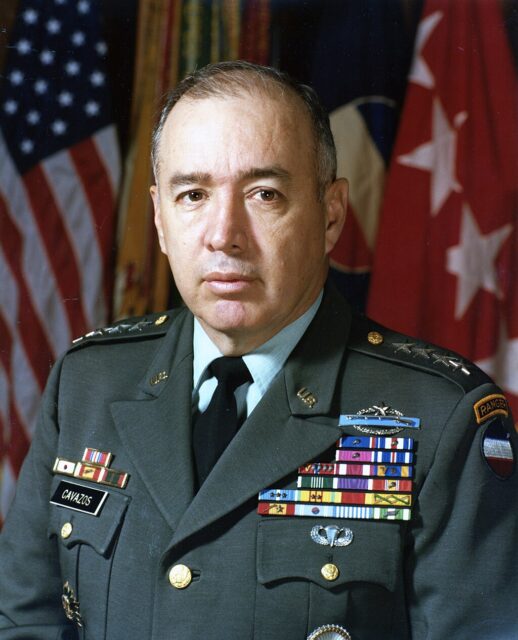
Richard E. Cavazos is best known for having the former-Fort Hood, Texas, named for him, but the US Army general’s service in Korea and Vietnam is what made him worthy of such an honor. It’s also why the decision was made to posthumously award the late veteran with the US military’s most prestigious decoration.
Cavazos knew from a young age that he wanted to serve, as he’d had relatives who’d done their part during World War I. Joining the Reserve Officers’ Training Corps (ROTC) in college, he was subsequently commissioned into the Army and sent to then-Fort Benning (now Fort Moore), Georgia, to undergo basic training.
Once deployed to Korea, Cavazos was made a platoon leader in E Company, 2nd Battalion, 65th Infantry Regiment. He more than distinguished himself during the conflict. He received the Silver Star for his leadership and bravery while under heavy enemy fire in February 1953, and during the fight for Hill 412 that June, he defied orders to withdraw to friendly lines because he didn’t want to leave behind his injured and fallen comrades. For this, he received the Distinguished Service Cross.
Fast-forward to the Vietnam War. By this point, Cavazos had been promoted to the rank of lieutenant colonel, and upon arriving in Asia had been made the commander of 1st Battalion, 18th Infantry Regiment. While engaging Viet Cong guerrillas near Lộc Ninh, he disregarded his own safety and led an assault on the position. Despite being exposed to heavy enemy fire, Cavazos and his men were successful in forcing the fighters to flee from the area.
This action led to him being awarded a second Distinguished Service Cross.
Cavazos passed away on October 29, 2017, at the age of 88. His daughter, Laura Blevins, accepted the Medal of Honor on his behalf.
Specialist 4 Kenneth J. David
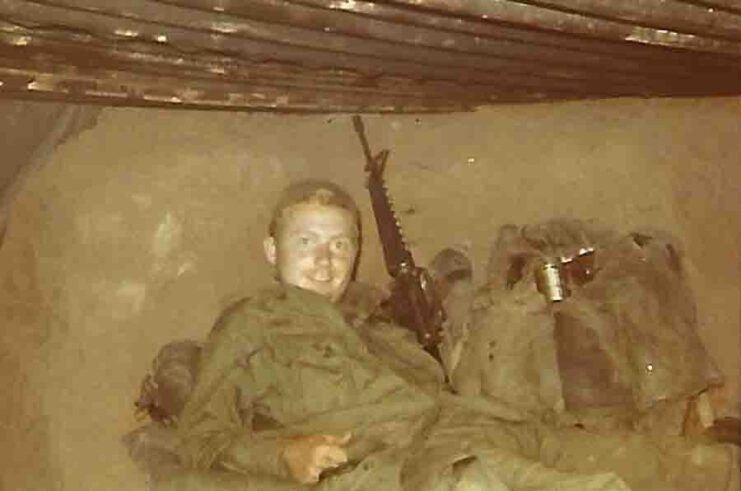
From Girard, Ohio, Kenneth J. David was drafted into the US Army in August 1969. After completing basic training at Kentucky’s Fort Campbell and advanced training at the former Fort Polk (now Fort Johnson), Louisiana, he joined D Company, 1st Battalion, 506th Infantry Regiment, 101st Airborne Division.
David was deployed to Vietnam in January 1970, and just months after arriving in the country distinguished himself among his comrades.
While working as a radio-telephone operator near Fire Support Base Maureen, in Thừa Thiên Huế province, his company came under intense enemy fire, leading his platoon leader to become mortally wounded Not wanting anyone else to become hurt (or worse), David unleashed a barrage of automatic weapons fire, before moving toward the perimeter and drawing attention from the hostile forces upon himself.
When the enemy began to attack the wounded, David continuously brought the attention back on himself, despite being injured. He continued his actions until the last MEDEVAC helicopter had taken off and evacuated those who’d been hurt. Only then, did he allow himself to removed from the scene. His actions resulted in him being awarded the Distinguished Service Cross.
David was present at the White House to receive the Medal of Honor from US President Joe Biden.
Pvt. Bruno R. Orig
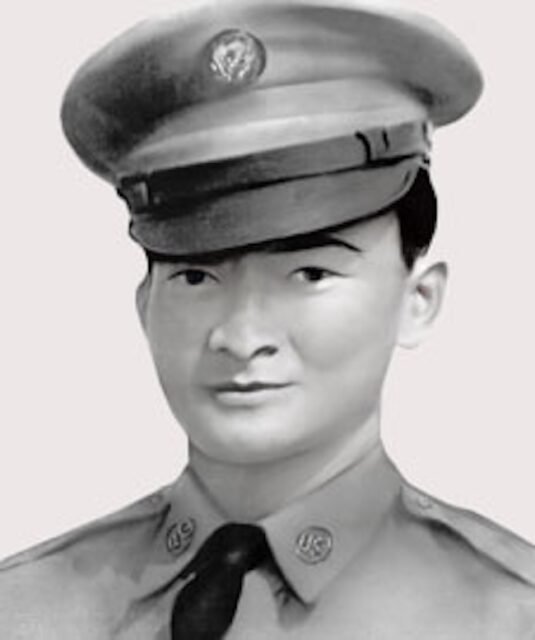
Bruno R. Orig was destined to serve, as his family had done their part in World War I and II (and, eventually, in Vietnam). From Hawaii, he was just 11 years old when the Japanese launched their surprise attack on Pearl Harbor, and while he was too young then to enlist, he immediately signed up with the US Army upon graduating high school in 1949.
Trained as a light weapons infantryman, Orig was sent to Korea as part of G Company, 2nd Battalion, 23rd Infantry Regiment, 2nd Infantry Battalion. Just a few months after arriving, on February 15, 1951, he gave his life in a selfless act of heroism amid heavy enemy fire.
While returning from a wire-laying mission near Chipyong-ni, Orig noticed his comrades were under attack by hostile forces. He immediately jumped into action, evacuating the wounded from the scene, despite the risk of being struck himself. At one point, the young private noticed that the majority of a crew manning a machine gun had been wounded and made the decision to man the position. This allowed a friendly platoon to get out of the area without suffering a single causality.
Sadly, Orig’s efforts weren’t enough to prevent the site from being overrun by the enemy troops. When it had been recaptured the next day, his body was found next to the machine gun – he’d made the ultimate sacrifice.
Orig’s sister, Loretta, accepted the Medal of Honor on her brother’s behalf.
Cpl. Fred B. McGee
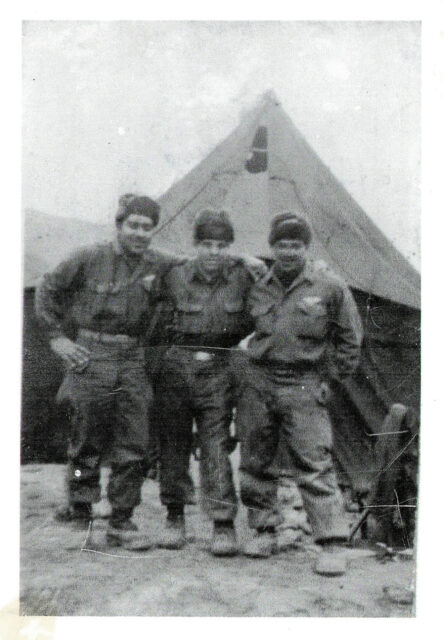
A resident of Steubenville, Ohio, Fred B. McGee was deployed to Korea as a light machine gunner with K Company, 3rd Battalion, 17th Infantry Regiment, 7th Infantry Division.
While fighting near Tang-Wan-Ni on June 16, 1952, McGee provided cover fire from an exposed position. Given how open the area was, several of his comrades, including his squadron leader, became wounded by enemy fire, leading McGee to assume a leadership role in the heat of combat.
McGee made the difficult decision to move the squad to a more exposed area, as it would give the opportunity for them to better deliver neutralizing fire. When his machine gunner was mortally wounded, he took over the weapon and ordered the others to evacuate the scene without him. Despite being injured in the face, he was determined to man the position until everyone was in the clear, and even did his part in evacuating the wounded and deceased.
For his actions, McGee was awarded the Silver Star. In 2002, he was inducted into the Ohio Military Hall of Fame for Valor. The corporal passed away in 2020.
Capt. Hugh R. Nelson, Jr.
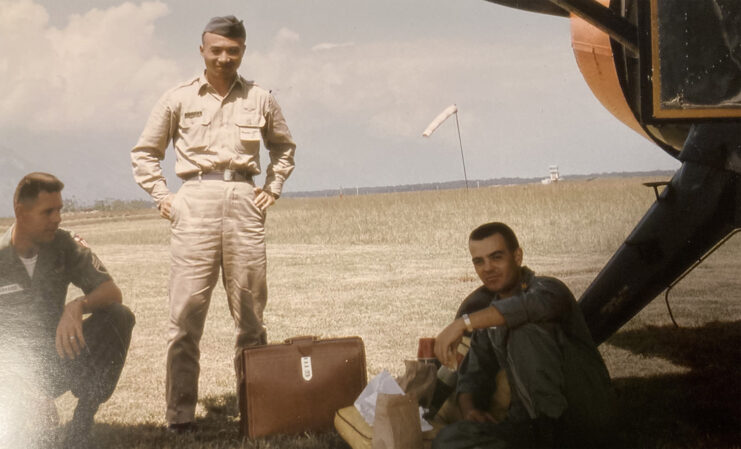
It’s no surprise North Carolina-native Hugh R. Nelson, Jr. entered the military, as his father was a lieutenant colonel in the US Army Air Corps. Following his commission in September 1963, Nelson was stationed in Taiwan, where he spent three years, before being deployed to Vietnam with the US Army’s 114th Aviation Company (Airmobile Light). It was there he distinguished himself.
While on a search-and-destroy mission near the Mộc Hóa district on June 5, 1966, the Bell UH-1 Iroquois Nelson was aboard was struck by enemy fire and forced to crash-land in hostile territory. Disregarding his own injuries, he exited the helicopter and tended to those who’d been wounded, going so far as to use his own body as a shield against enemy fire while rescuing an injured specialist.
Nelson was struck several times while saving his wounded comrades, which ultimately led to his death. However, his sacrifice wasn’t in vein. His selfless actions allowed the others to set off a smoke grenade, to alert support aircraft to their position. He posthumously received the Distinguished Service Cross.
Nelson’s daughter, Debra Nelson McKnight, accepted the Medal of Honor on her father’s behalf.
Pfc. Charles R. Johnson
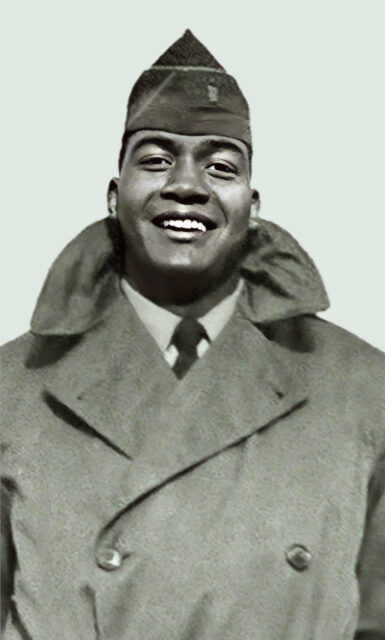
A talented athlete and musician who excelled at anything he put his mind to, Charles R. Johnson was someone who truly had the world at his feet. He was drafted into the US Army in 1952, and while his sister urged him to join the service’s band, he made the decision to fight, saying, “If other mother’s sons have to fight, I feel I need to do the same thing.”
Sent to Korea as a Browning automatic rifleman with B Company, 15th Infantry Regiment, 3rd Infantry Division, Johnson made the ultimate sacrifice while defending Outpost Harry. On the night of June 11, 1953, the bunkers and trenches his squad manned became overrun by Chinese troops, with the private first class injured by an artillery strike.
Despite being wounded, Johnson began administering first aid to others who’d been hurt, and he even engaged hostile troops in hand-to-hand combat while dragging an injured comrade from the scene. After collecting ammunition and weapons from a second bunker and rearming his comrades, he ran into the open to try and hold off the advancing enemy as best he could, fully ignoring his own safety.
More from us: Before Serving in the White House, Jimmy Carter Made a Name for Himself in the US Navy
Want War History Online‘s content sent directly to your inbox? Sign up for our newsletter here!
Sadly, Johnson passed away early the next morning. His actions, for which he was posthumously awarded the Silver Star, are credited with saving the lives of up to 10 soldiers.
